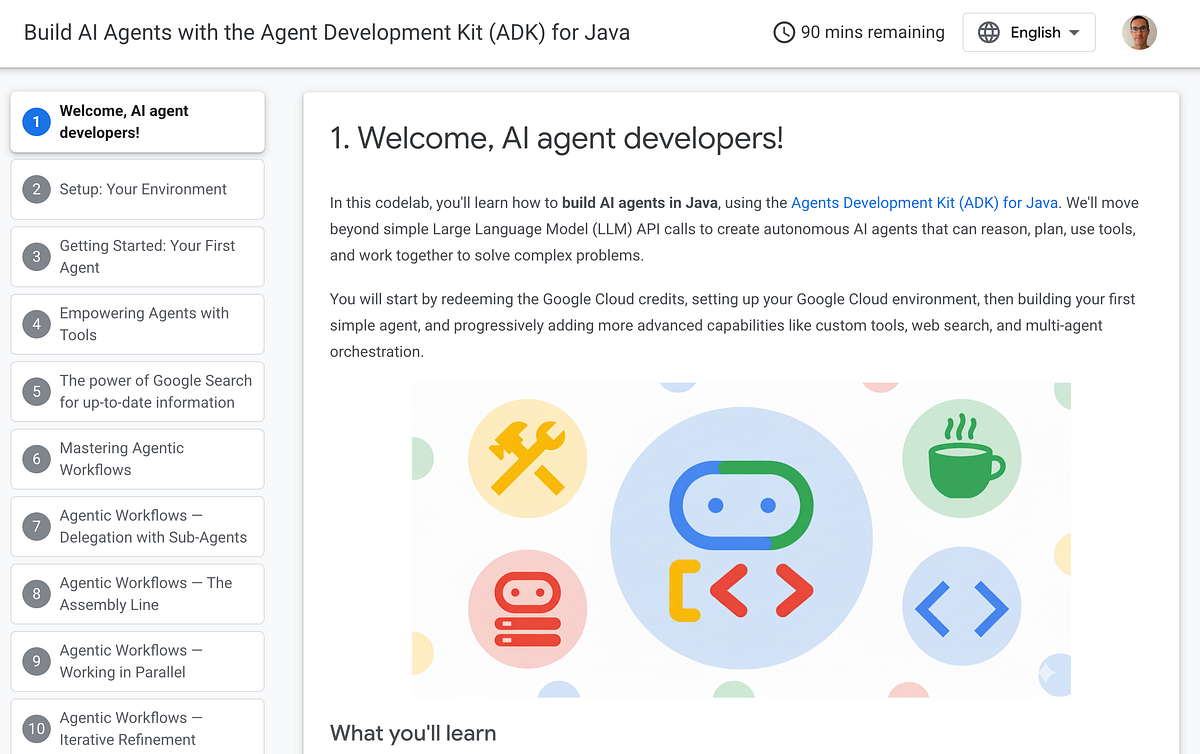If you’re a developer, Tech lead, or Business Leads, very likely your life has been fundamentally altered by Large Language Models (LLMs) & . We’ve moved rapidly from simple text generation to building complex “agents” that can use tools, browse the web, and interact with the world.
But let’s be honest: right now, it’s the Wild West. We’re wiring together APIs and complex prompt chains, but we lack a standardized framework. How do we build agents that don’t just react , but actually learn , plan , and remember ?
A paper from researchers at Princeton, “ Cognitive Architectures for Language Agents ,” tackles this head-on. It argues that to build truly robust agents, we need to stop reinventing the wheel and look at the decades of research in cognitive science.
The paper introduces COALA (Cognitive Architectures for Language Agents), a framework that treats the LLM not as the entire agent, but as a central component-like a CPU-within a larger, structured system inspired by the human brain.
This post digests the COALA framework into its three essential pillars and explains why this matters for anyone building the next generation of AI.
The Problem with Monolithic Agents
Today, most “agents” work by stuffing the LLM context window with instructions, history, and tool outputs. This forces the LLM to manage planning, memory, and execution all at once. The COALA framework argues this approach is brittle and fundamentally limited.
To build sophisticated agents-ones that can learn from experience or manage complex, long-running tasks-we need to separate these functions. COALA provides a blueprint for this separation, organizing an agent along three key dimensions: Modular Memory, a Structured Action Space, and a formal Decision-Making Cycle.
Source Credit: https://medium.com/google-cloud/beyond-the-prompt-why-your-next-ai-agent-needs-a-brain-and-how-coala-research-paper-provides-an-ba187a906ea0?source=rss—-e52cf94d98af—4



